Yakushima: Where the Forest Meets the Sea
The circular island of Yakushima lies off the coast of Kagoshima prefecture in southern Japan. A UNESCO World Heritage Site, its spectacular green forests and mountains attract hoards of visitors keen to enjoy the ancient forest atmosphere, go hiking and see the Jomon-sugi, a giant Yaku cedar that's said to be 7,200 years old. Yakushima is also known for its extreme annual rainfall that fuels the ever-growing vegetation.
But underneath this lush natural environment lies another world that also deserves a mention—the ocean. The main stream of the warm Kuroshio Current divides as it approaches Yakushima, with part of it heading into the East China Sea and the rest into the Pacific Ocean. As a result, the sea around Yakushima is warm, rich in nutrients, and full of tropical fish from further south that come together in large numbers over gardens of rocks, sponges and coral. Depending on the season, the flow rate and direction of the current also change, leaving behind a diverse ecosystem with a mixture of tropical and temperate species. Thanks to a mosaic of coral reefs and rocks, there is plenty here to capture divers’ attention.
Zero-sen Isso
The resting place of a Mitsubishi A6M Zero (a long-range fighter aircraft operated by the Japanese Imperial Navy from 1940 to 1945), Zero-sen Isso is around five minutes by boat from the mainland. At first, the environment seems a little barren—a carpet of white sand that seems to stretch for miles and miles—but at 20 meters or so of depth, a dark cluster starts to emerge. This is one of the aircraft’s propeller wings sticking out of the sand, with the others buried deep within. On approach, it’s an abundant macro “stew” graced with nudibranchs, soft corals and anemones. A couple of eels poke out from within the structure, and a big red tomato hind glides slowly above the scene. Several fish swarm about like bees on a nest, while others stay tucked inside the narrow nooks and crannies, making the most of the dark recesses. Regulars here include slender sweepers, blackspot cardinal fish, and various shrimp such as white socks shrimp, violet boxer shrimp, and cleaner shrimps.
Nagata, Otsuse
As well as some impressive underwater scenery, a range of marine life is guaranteed at this site, which reaches a maximum depth of about 30 meters. Branch coral abounds over a huge rocky boulder at around 26 meter, and there are often sightings of pygmy seahorses, a great distraction to keep divers in the water! The topography of the area is quite diverse, from huge rocks lying over stretches of sand to fields of smaller rocks that serve as a haven for much sea life. Filefish and longnose hawkfish are often on patrol, while those with a keen eye can sometimes spot pink squat lobsters and gorgonian pandalid shrimp. The variety of moss-like growth on the rocks lends an almost garden-like feel to the site.
Omiyamae, Isso
The dive here begins with a large carpet of rocks at around 10 meters. Heading deeper, there are more and more rock formations, a vital marine ecosystem that shelters all manner of fish and other critters. The site teems with life; schools of gold striped goatfish and blue-striped snappers are everywhere, while the ubiquitous patrolling lionfish also makes an appearance, cruising around the groups of hawkfish anthias floating in the mild current. Green sea turtles can also be found tucked away among the rocks, and the site is an ideal place for those who like to explore. Great numbers of jawfish poke out of their sandy lairs, and in the shallower depths divers can spend time looking for tiny critters close to the surface, such as colorful nudibranchs, anemone shrimps, porcelain anemone crabs, and emperor shrimps.
Isso Tank-shita Number 1
Accessible by boat and shore, at first glance it seems as though there may be fewer fish species at this site compared to a full coral reef, but the deeper depths have a variety of rock formations that house sea slugs and an octopus darting away into a nearby rock. Entering at the shallowest end and gliding over the rocks, the underwater vistas and life are fascinating, with small shrimp and crabs hidden in tiny dark corners and a relaxed turtle slowly cruising by. With depths down to between 15 and 20 meters, the site is a bit of a fishes’ playground with clown fish, harlequin sweetlips and blue-striped snappers. A sun-filled scene awash with rocks and coral sprawls out in the shallows toward the end of the dive.
With so much focus on its forests and hiking trails, Yakushima is not a place that appears on the dive destination radar, but there are some incredible underwater scenes with something for everyone and well within the range of recreational divers.
The friendly staff at dive school Umi to Mori (Sea and Forest) run regular dives and can help with accommodation and transport.
The Deets
Getting there: Flights are available with JAL via Kagoshima city, and take just over three hours. High-speed jetfoil boats also operate daily from Kagoshima city, departing every one to three hours.
Getting around: Umi to Mori offers pick-ups and drop-offs before and after dives, but if you have time and wish to explore the island, hiring a car or bicycle is the best option. For car rental, get in touch with Suzuki Rentalease, and Yuko Rental for bicycles.
Where to stay and eat: The minshuku (traditional Japanese inn) Kaisei is a new family-run place about 15 minutes away from the dive shop by car. En suite Japanese-style and Western-style rooms are available. Breakfast (rice or bread, miso soup, salad, fish and eggs) is included. Down the road is an izakaya (Japanese-style pub) serving set meals of rice, miso soup, fish, vegetables and pickles, or smaller dishes including ocean delicacies like deep-fried flying fish and squid.
More information: For further details on diving in Yakushima and the options available, contact Umi to Mori. The people on Yakushima are used to foreigners, as many visitors come for hiking. Some English is spoken, but Yes! Yakushima is a good option for visitors who wish to arrange activities but don’t speak Japanese.

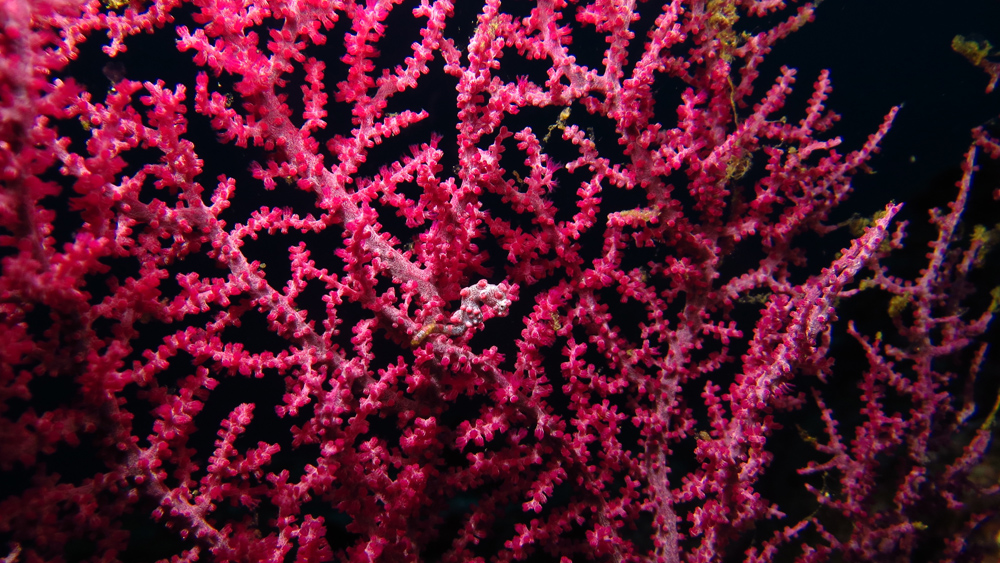
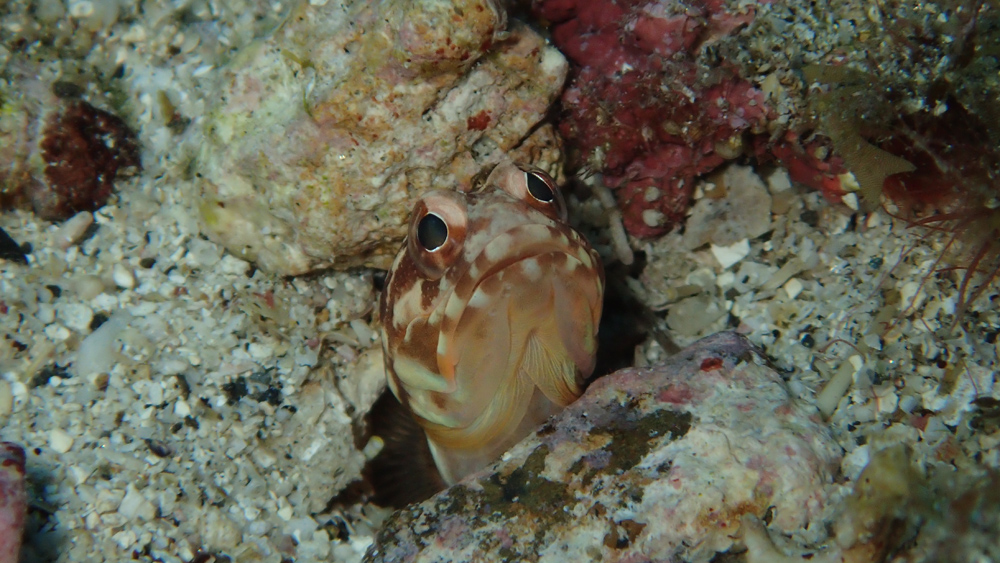
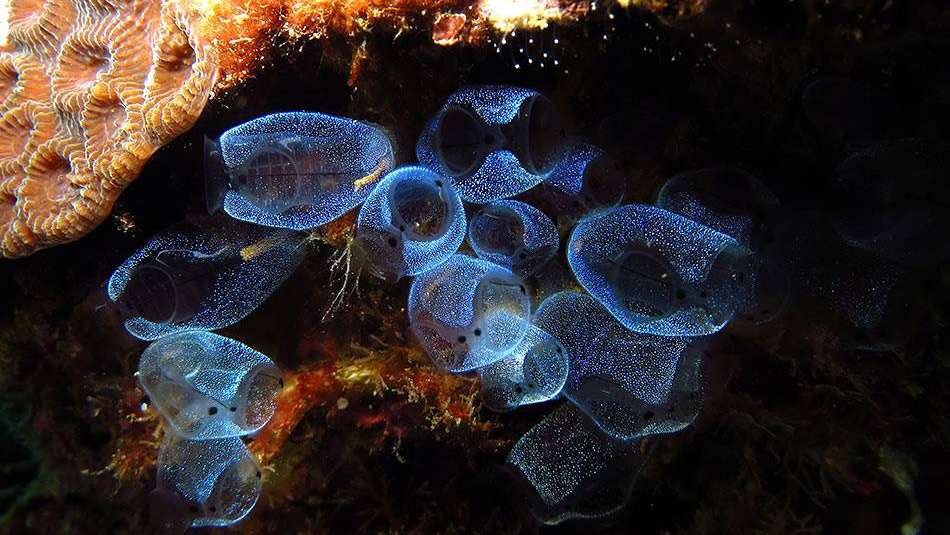
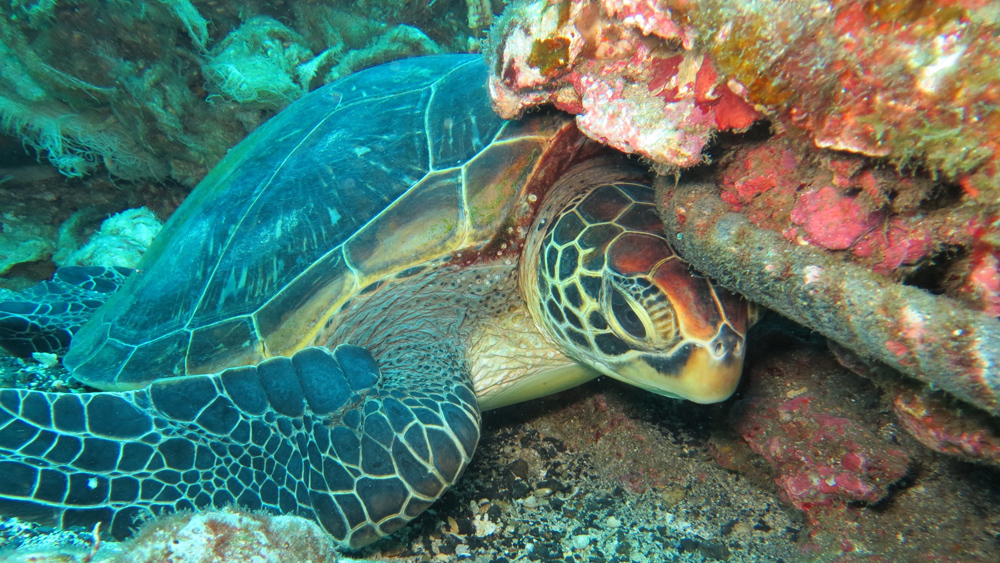
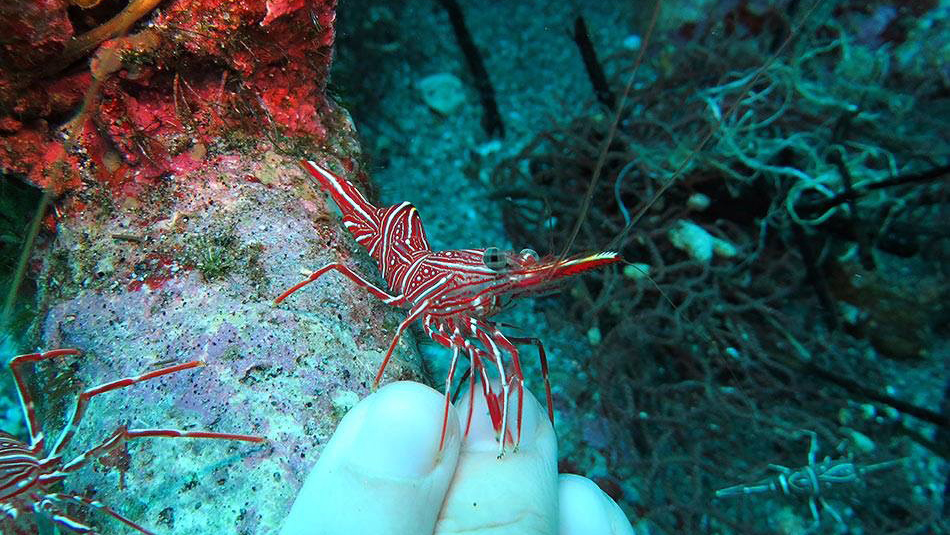
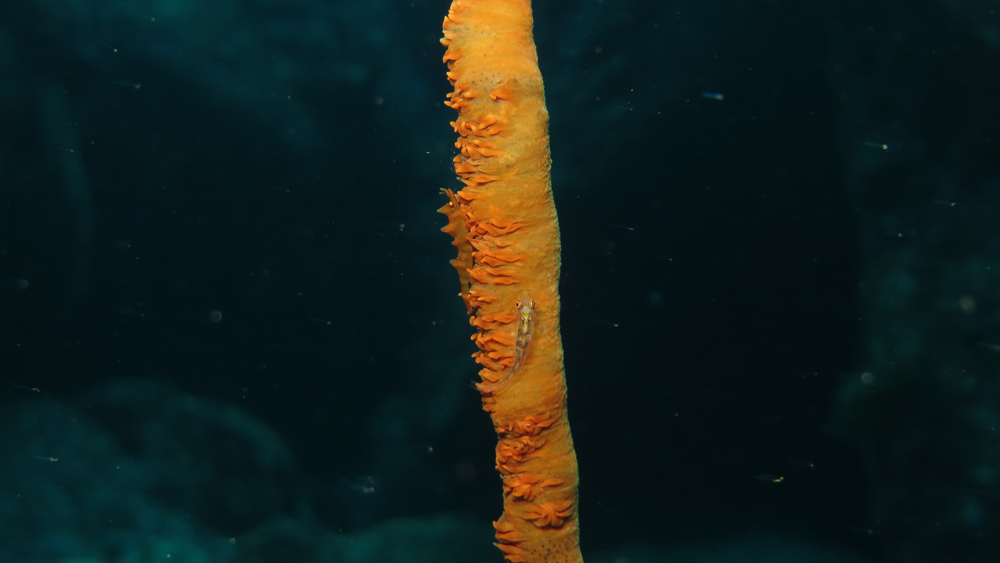











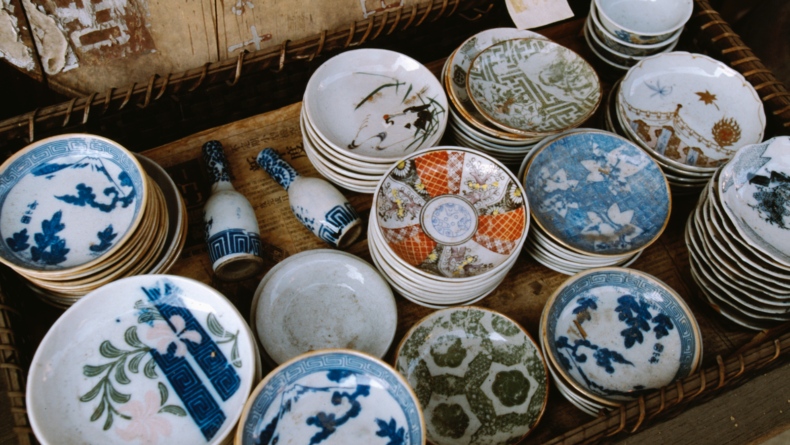



Leave a Reply